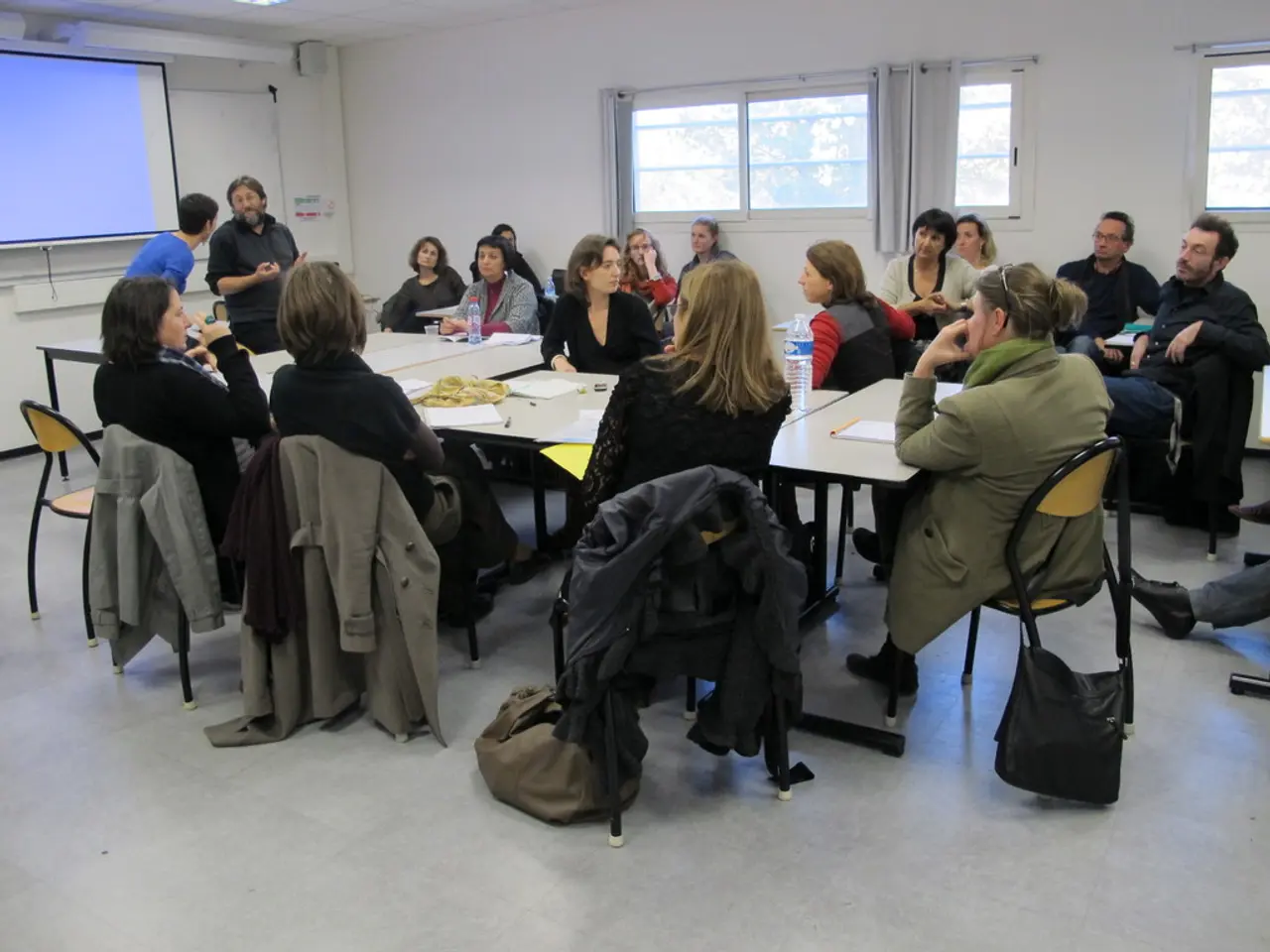Streamlining Decisions with 9 Efficient Methods
Indecisiveness can often stem from fear of making the wrong choice, lack of self-awareness, or overthinking possible outcomes. This can undermine confidence and hinder both personal and professional growth. However, overcoming indecisiveness requires a combination of mindset shifts, practical techniques, and consistent practice.
## Building a Decisive Mindset
Cultivating self-awareness is crucial in decision-making. Regular reflection on your values, goals, and motivations through journaling, meditation, or seeking feedback from trusted individuals can help clarify which options align with your priorities. Adopting a growth mindset, viewing decision-making as a skill that improves with practice, not an innate trait, also plays a significant role. Embracing challenges as opportunities for learning, and celebrating progress regardless of the outcome, can help foster a more decisive approach.
Practicing mindfulness can help clear mental clutter, reduce anxiety about past mistakes or future threats, and anchor you in the present—reducing the tendency to overthink. Developing self-compassion is also important. Be kind to yourself when decisions don’t pan out as hoped. Recognize that mistakes are part of the learning process, not failures of character.
## Practical Decision-Making Techniques
Setting clear goals and priorities is essential. Define what you want to achieve, as this focused intent makes it easier to evaluate options and discard irrelevant choices. Gather relevant information, but avoid information overload, which can lead to analysis paralysis.
Structured methods like cost-benefit analysis, decision trees, and SWOT analysis can help objectively compare options. Cost-benefit analysis involves listing the pros and cons of each option, while decision trees map out possible choices and their consequences. SWOT analysis assesses strengths, weaknesses, opportunities, and threats associated with each option.
Trusting your instincts after rational evaluation is also important. Often, your gut feeling aligns with your deeper values and experiences. Taking calculated risks is necessary, accepting that some uncertainty is inevitable. Commit to a choice and be prepared to adapt as you learn from the results.
## Building Confidence in Decision-Making
Practice makes perfect. Make decisions consistently, even on small matters. Like any skill, confidence grows with repetition. Reflecting on outcomes after making a decision is also crucial. Identify what worked, what didn’t, and why. This reflection builds both confidence and skill.
Seeking feedback from trusted peers or mentors can also reinforce good habits and reveal blind spots. Letting go of perfectionism is important. Aim for “good enough” decisions rather than perfect ones. Perfectionism often fuels indecision and anxiety.
## Overcoming Analysis Paralysis
Limiting options, setting deadlines, and decluttering your mind can help overcome analysis paralysis. Focusing on one potential choice and examining the potential benefits of it in depth can help simplify decision-making.
Embracing decisiveness boosts productivity, self-confidence, problem-solving skills, resilience, and emotional well-being. Making wise choices requires comprehending the ramifications of the important choice you are about to make. Adopting a growth mindset and following a systematic decision-making process can help overcome poor choices and promote decisive action.
By systematically applying these approaches, you can overcome indecisiveness, make decisions more confidently, and act with greater clarity—even in complex or uncertain situations.
- Cultivating mindfulness through journaling, meditation, or seeking feedback from trusted individuals can help reduce overthinking and foster personal growth, as it clears mental clutter and anchors one in the present.
- Adopting a growth mindset towards decision-making, viewing it as a skill that improves with practice, can help foster a more decisive approach by embracing challenges as opportunities for learning.
- Incorporating practical techniques such as cost-benefit analysis, decision trees, and SWOT analysis for objective comparison of options, and committing to a choice after rational evaluation, can help promote decisive action and personal growth in one's education-and-self-development and lifestyle.




